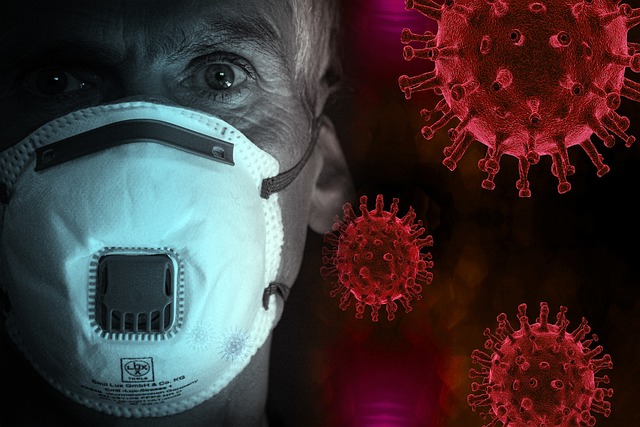SARS-CoV-2 infection causes an acute multisystem disease known as COVID-19 1. It is recognized that approximately 10% of people with COVID-19 develop persistent and often relapsing and remitting symptoms beyond 4 to 12 weeks after infection.
The presence of persistent symptoms in a previously infected person is commonly referred to by several terms, including post-COVID-19 condition, post-acute COVID-19 syndrome, post-acute COVID-19 sequelae ( PASC) and long COVID.
The UK’s National Institute for Health and Care Excellence (NICE) makes a distinction between illness that occurs 4 to 12 weeks after infection (ongoing symptomatic COVID-19) and symptoms that persist longer than 12 weeks. (post-acute COVID-19 syndrome).
The World Health Organization (WHO) defines it as a condition characterized by symptoms that affect daily life, such as fatigue, shortness of breath, and cognitive dysfunction, occurring after a history of probable or confirmed SARS-CoV-2 infection. . Symptoms typically occur 3 months from the onset of acute COVID-19 symptoms, last at least 2 months, and cannot be explained by an alternative diagnosis.
Summary
Severe acute respiratory syndrome coronavirus-2 (SARS-CoV-2) infection is associated with a variety of persistent symptoms that affect daily functioning, known as post-COVID-19 condition or long COVID .
We conducted a retrospective matched cohort study using a UK-based primary care database, Clinical Practice Research Datalink Aurum , to determine symptoms associated with confirmed SARS-CoV-2 infection beyond 12 weeks in Non-hospitalized adults and risk factors associated with developing persistent symptoms.
We selected 486,149 adults with confirmed SARS-CoV-2 infection and 1,944,580 propensity score-matched adults without recorded evidence of SARS-CoV-2 infection.
The outcomes included 115 individual symptoms , as well as long COVID , defined as a composite outcome of 33 symptoms according to the World Health Organization clinical case definition.
Cox proportional hazards models were used to estimate adjusted hazard ratios (aHRs) for the outcomes. A total of 62 symptoms were significantly associated with SARS-CoV-2 infection after 12 weeks.
The largest aHRs were for anosmia (aHR 6.49, 95% CI 5.02–8.39 ), hair loss (3.99, 3.63–4.39), sneezing (2.77, 1 .40–5.50), difficulty ejaculating (2.63, 1.61–4.28), and reduced libido (2.36, 1.61–3.47).
Among the cohort of patients infected with SARS-CoV-2, risk factors for long COVID included female sex, ethnic minority status, socioeconomic deprivation, smoking, obesity, and a wide range of comorbidities .
The risk of developing long COVID was also found to increase along a decreasing age gradient .
SARS-CoV-2 infection is associated with a plethora of symptoms associated with a variety of sociodemographic and clinical risk factors.
Discussion
People with confirmed SARS-CoV-2 infection were at increased risk of reporting a wide range of symptoms ≥ 12 weeks after infection, compared to propensity score-matched patients without record of suspected or confirmed SARS infection. -CoV-2, after accounting for both sociodemographic and clinical characteristics and the reporting of symptoms before infection.
The symptoms most associated with SARS-CoV-2 infection included some that were already recognized in previous studies, such as anosmia, shortness of breath, chest pain, and fever , but also included a variety of other symptoms that had not previously been recognized. widely reported, such as hair loss and sexual dysfunction .
Previous SARS-CoV-2 infection was independently associated with reporting to primary care of 20 of the 33 symptoms included in the WHO case definition and 42 additional symptoms, beyond 12 weeks from infection . SARS-CoV-2 infection was associated with a 26% relative increase in the risk of reporting at least one of the symptoms included in the WHO case definition for long COVID.
Among those with a history of confirmed SARS-CoV-2 infection, several risk factors were associated with reporting symptoms 12 weeks or more after infection. Female sex, a decreasing age gradient, belonging to a black, mixed race or other ethnic minority, socioeconomic deprivation, smoking, high BMI and the presence of a wide range of comorbidities were associated with an increased risk of both. symptoms included in the WHO definition of long COVID and symptoms statistically associated with SARS-CoV-2 infection reported 12 weeks or more after infection.
















